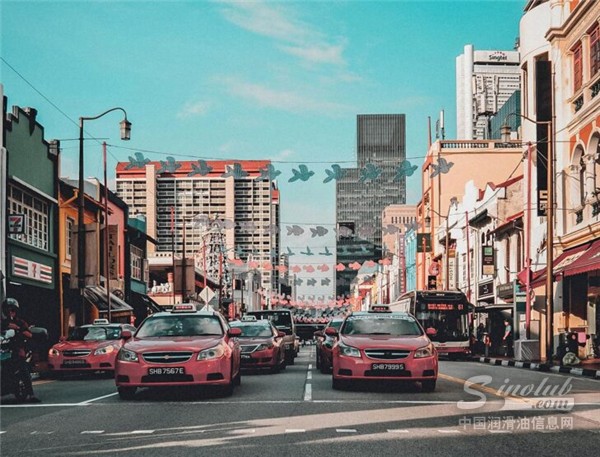 2024-07-19
潤滑油信息網
2024-07-19
潤滑油信息網
作為雄心勃勃的新加坡綠色計劃 2030 的一部分,陸路交通管理局 (LTA) 宣布,從 2025 年 1 月 1 日起,將停止新注冊柴油汽車和出租車。此舉符合新加坡到 2040 年讓所有車輛都使用更清潔能源的愿景。
該決定最初由交通部于2021 年宣布,旨在大幅減少該國對柴油車輛的依賴。隨著更清潔的能源替代品的出現,自 2021 年以來,新柴油車和出租車注冊的比例已降至 1% 以下。這項政策是實現可持續和環保的交通系統的關鍵一步。

雖然新柴油車登記將被禁止,但在截止日期前登記的現有柴油車可以續簽其授權證書 (COE)。然而,這些續簽將產生更高的道路稅,這是一種不利因素。值得注意的是,根據經典車輛計劃和老式車輛計劃登記的車輛將不受這些新限制的約束。
目前,新加坡道路上有超過 17,000 輛柴油乘用車。然而,柴油車的數量預計將迅速下降,許多經銷商已經停止進口新的柴油。到 2024 年 5 月底,純柴油車僅占道路上所有私家車的 2.7%。
新加坡的宏偉愿景包括到2030 年安裝 60,000 個電動汽車 (EV) 充電站,并鼓勵人們轉向公共交通。目標是到 2030 年,75% 的高峰時段出行將通過公共交通進行,到 2040 年這一比例將上升到 80% 以上。
Singapore to end new diesel car registrations from 2025
As part of its ambitious Singapore Green Plan 2030, the Land Transport Authority (LTA) announced that starting January 1, 2025, new registrations for diesel cars and taxis will cease. This move aligns with the nation’s vision to have all vehicles running on cleaner energy by 2040.
The decision, initially announced by the Ministry of Transport in 2021, aims to significantly reduce the country’s reliance on diesel vehicles. With cleaner energy alternatives now readily available, the proportion of new diesel car and taxi registrations has dropped below one percent since 2021. This policy is a critical step towards achieving a sustainable and eco-friendly transport system.
While new diesel vehicle registrations will be banned, existing diesel cars registered before the deadline can renew their Certificate of Entitlement (COE). However, these renewals will incur higher road taxes as a disincentive. Notably, vehicles registered under the Classic Vehicle Scheme and Vintage Vehicle Scheme will be exempt from these new restrictions.
Currently, more than 17,000 diesel passenger cars are on Singapore’s roads. However, the number of diesel vehicles is expected to decline rapidly, with many dealers already halting new diesel imports. By the end of May 2024, pure diesel vehicles constituted just 2.7% of all private cars on the road.
Singapore’s broader vision includes installing 60,000 electric vehicle (EV) charging stations by 2030 and encouraging a shift to public transport. The goal is for 75% of peak hour trips to be on public transport by 2030, increasing to more than 80% by 2040.

